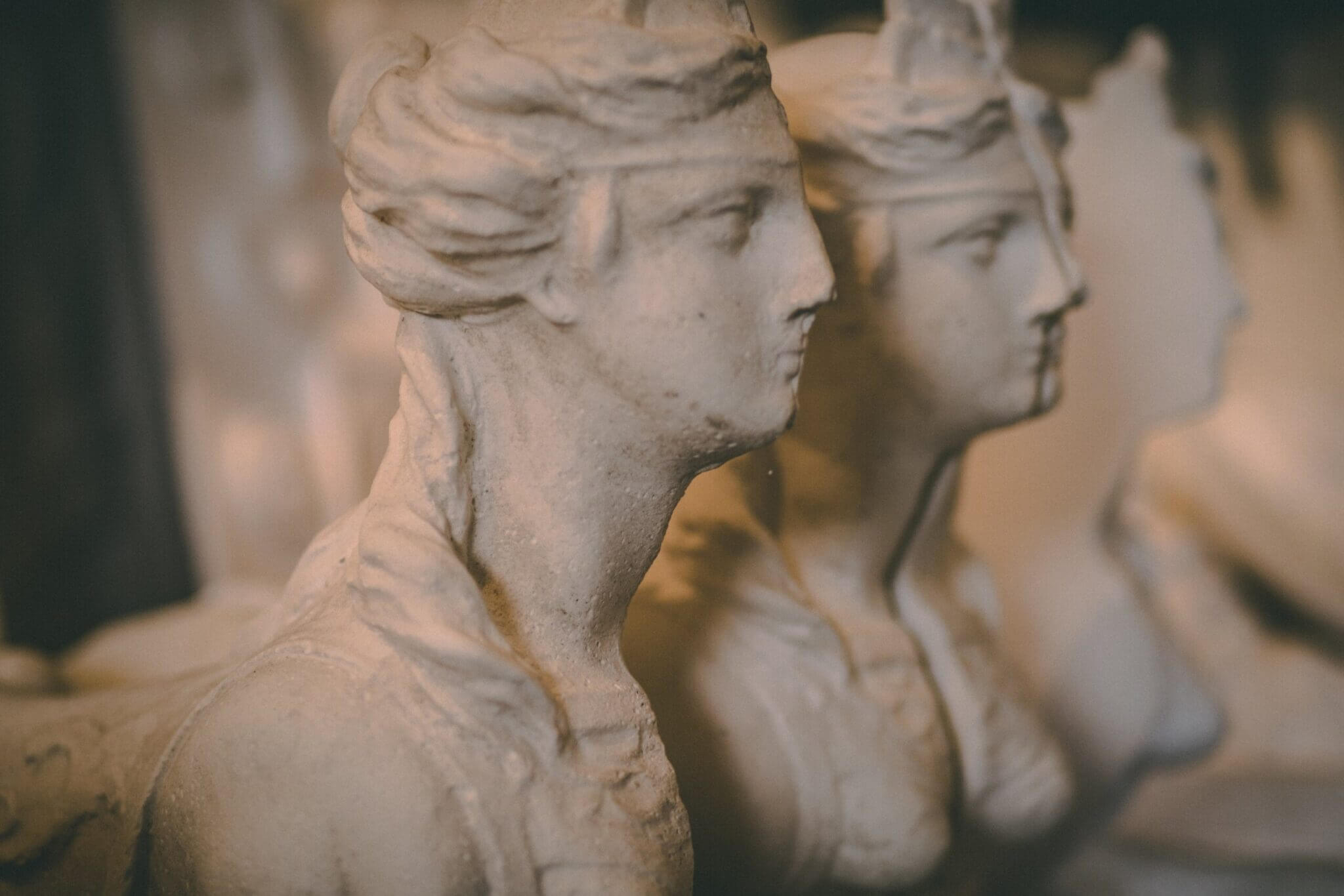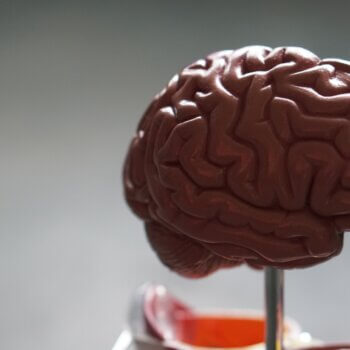Art has had a great number of different functions throughout its history, making its purpose difficult to abstract or quantify to any single concept. This does not imply that the purpose of art is “vague” but that it has had many unique, different reasons for being created. Some of the functions of art are provided in the outline below. The different purposes of art may be grouped according to those that are non-motivated and those that are motivated (Lévi-Strauss).
Non-motivated Functions of Art
The non-motivated purposes of art are those that are integral to being human, transcend the individual, or do not fulfill a specific external purpose. In this sense, art, as creativity, is something humans must do by their very nature (i.e., no other species creates art), and is therefore beyond utility.
- Basic human instinct for harmony, balance, rhythm. Art at this level is not an action or an object, but an internal appreciation of balance and harmony (beauty), and therefore an aspect of being human beyond utility.
Imitation, then, is one instinct of our nature. Next, there is the instinct for ‘harmony’ and rhythm, meters being manifestly sections of rhythm. Persons, therefore, starting with this natural gift developed by degrees their special aptitudes, till their rude improvisations gave birth to Poetry. —Aristotle - Experience of the mysterious. Art provides a way to experience one’s self in relation to the universe. This experience may often come unmotivated, as one appreciates art, music or poetry.
The most beautiful thing we can experience is the mysterious. It is the source of all true art and science. —Albert Einstein - Expression of the imagination. Art provides a means to express the imagination in nongrammatic ways that are not tied to the formality of spoken or written language. Unlike words, which come in sequences and each of which have a definite meaning, art provides a range of forms, symbols and ideas with meanings that are malleable.
Jupiter’s eagle [as an example of art] is not, like logical (aesthetic) attributes of an object, the concept of the sublimity and majesty of creation, but rather something else – something that gives the imagination an incentive to spread its flight over a whole host of kindred representations that provoke more thought than admits of expression in a concept determined by words. They furnish an aesthetic idea, which serves the above rational idea as a substitute for logical presentation, but with the proper function, however, of animating the mind by opening out for it a prospect into a field of kindred representations stretching beyond its ken. —Immanuel Kant - Ritualistic and symbolic functions. In many cultures, art is used in rituals, performances and dances as a decoration or symbol. While these often have no specific utilitarian (motivated) purpose, anthropologists know that they often serve a purpose at the level of meaning within a particular culture. This meaning is not furnished by any one individual, but is often the result of many generations of change, and of a cosmological relationship within the culture.
Most scholars who deal with rock paintings or objects recovered from prehistoric contexts that cannot be explained in utilitarian terms and are thus categorized as decorative, ritual or symbolic, are aware of the trap posed by the term “art.”
—Silva Tomaskova
Motivated Functions of Art
Motivated purposes of art refer to intentional, conscious actions on the part of the artists or creator. These may be to bring about political change, to comment on an aspect of society, to convey a specific emotion or mood, to address personal psychology, to illustrate another discipline, to (with commercial arts) to sell a product, or simply as a form of communication.
- Communication. Art, at its simplest, is a form of communication. As most forms of communication have an intent or goal directed toward another individual, this is a motivated purpose. Illustrative arts, such as scientific illustration, are a form of art as communication. Maps are another example. However, the content need not be scientific. Emotions, moods and feelings are also communicated through art.
[Art is a set of] artifacts or images with symbolic meanings as a means of communication. —Steve Mithen - Art as entertainment. Art may seek to bring about a particular emotion or mood, for the purpose of relaxing or entertaining the viewer. This is often the function of the art industries of Motion Pictures and Video Games.
- The Avante-Garde. Art for political change. One of the defining functions of early twentieth-century art has been to use visual images to bring about political change. Art movements that had this goal—Dadaism, Surrealism, Russian constructivism, and Abstract Expressionism, among others—are collectively referred to as the avante-garde arts.
By contrast, the realistic attitude, inspired by positivism, from Saint Thomas Aquinas to Anatole France, clearly seems to me to be hostile to any intellectual or moral advancement. I loathe it, for it is made up of mediocrity, hate, and dull conceit. It is this attitude which today gives birth to these ridiculous books, these insulting plays. It constantly feeds on and derives strength from the newspapers and stultifies both science and art by assiduously flattering the lowest of tastes; clarity bordering on stupidity, a dog’s life. —André Breton (Surrealism) - Art as a “free zone,” removed from the action of the social censure. Unlike the avant-garde movements, which wanted to erase cultural differences in order to produce new universal values, contemporary art has enhanced its tolerance towards cultural differences as well as its critical and liberating functions (social inquiry, activism, subversion, deconstruction…), becoming a more open place for research and experimentation.
- Art for social inquiry, subversion, and/or anarchy. While similar to art for political change, subversive or deconstructivist art may seek to question aspects of society without any specific political goal. In this case, the function of art may be simply to criticize some aspect of society.Spray-paint graffiti on a wall in RomeGraffiti art and other types of street art are graphics and images that are spray-painted or stenciled on publicly viewable walls, buildings, buses, trains, and bridges, usually without permission. Certain art forms, such as graffiti, may also be illegal when they break laws (in this case vandalism).
- Art for social causes. Art can be used to raise awareness for a large variety of causes. A number of art activities were aimed at raising awareness of autism, cancer, human trafficking, and a variety of other topics, such as ocean conservation, human rights in Darfur, murdered and missing Aboriginal women, elder abuse, and pollution. Trashion, using trash to make fashion, practiced by artists such as Marina DeBris is one example of using art to raise awareness about pollution.
- Art for psychological and healing purposes. Art is also used by art therapists, psychotherapists and clinical psychologists as art therapy. The Diagnostic Drawing Series, for example, is used to determine the personality and emotional functioning of a patient. The end product is not the principal goal in this case, but rather a process of healing, through creative acts, is sought. The resultant piece of artwork may also offer insight into the troubles experienced by the subject and may suggest suitable approaches to be used in more conventional forms of psychiatric therapy.
- Art for propaganda or commercialism. Art is often utilized as a form of propaganda, and thus can be used to subtly influence popular conceptions or mood. In a similar way, art that tries to sell a product also influences mood and emotion. In both cases, the purpose of art here is to subtly manipulate the viewer into a particular emotional or psychological response toward a particular idea or object.
- Art as a fitness indicator. It has been argued that the ability of the human brain by far exceeds what was needed for survival in the ancestral environment. One evolutionary psychology explanation for this is that the human brain and associated traits (such as artistic ability and creativity) are the human equivalent of the peacock’s tail. The purpose of the male peacock’s extravagant tail has been argued to be to attract females. According to this theory superior execution of art was evolutionarily important because it attracted mates.
The functions of art described above are not mutually exclusive, as many of them may overlap. For example, art for the purpose of entertainment may also seek to sell a product (i.e. a movie or video game).





























